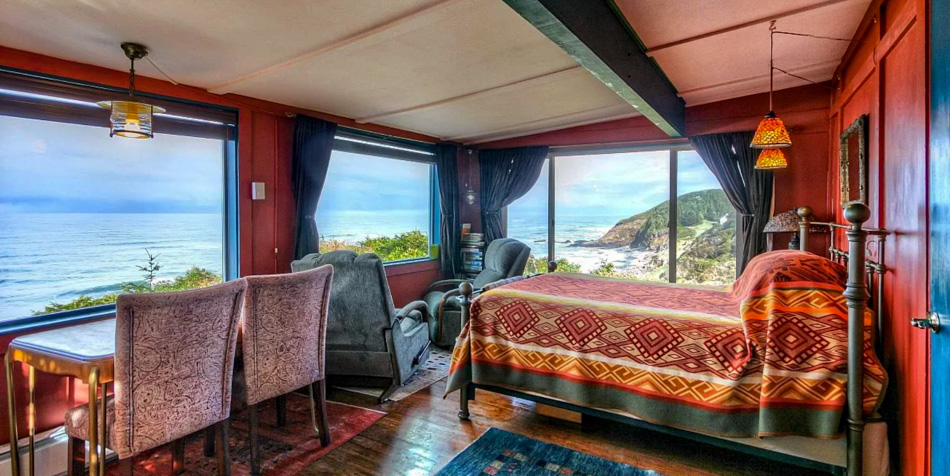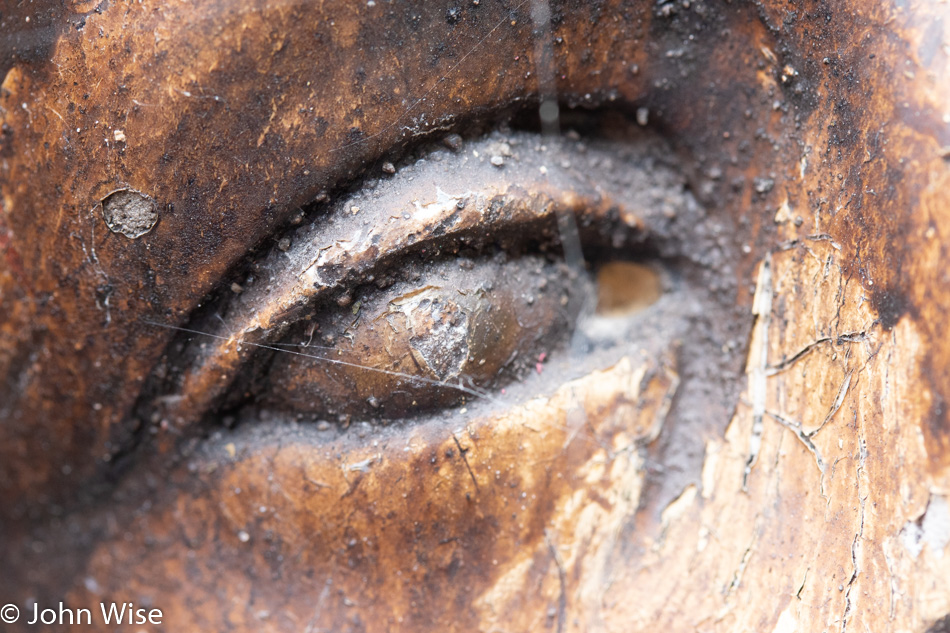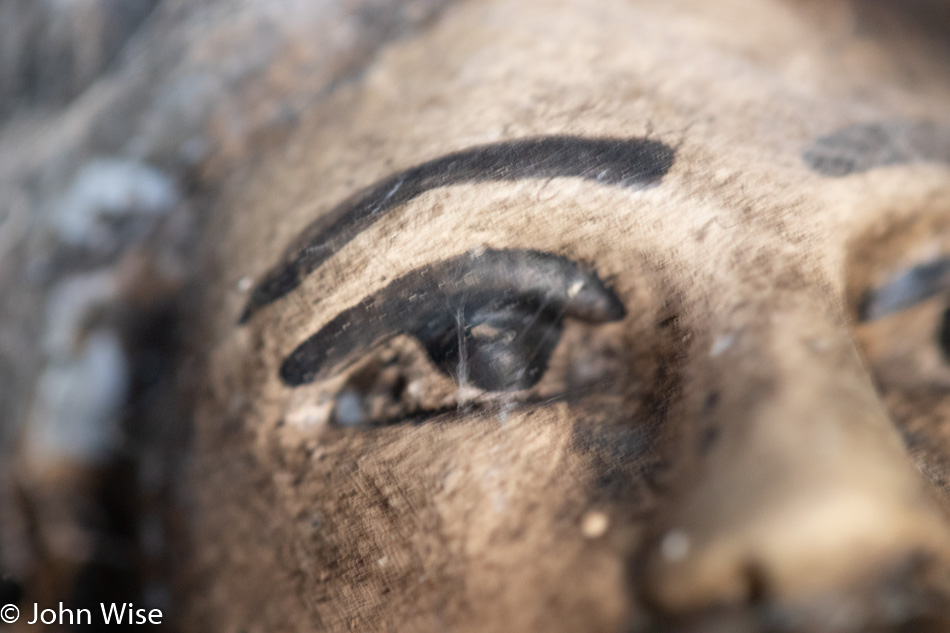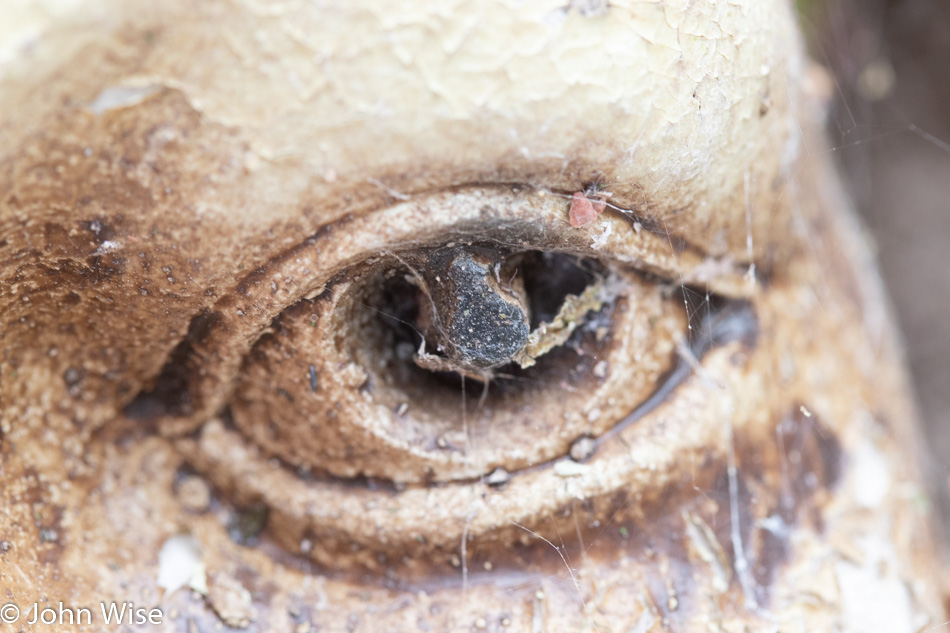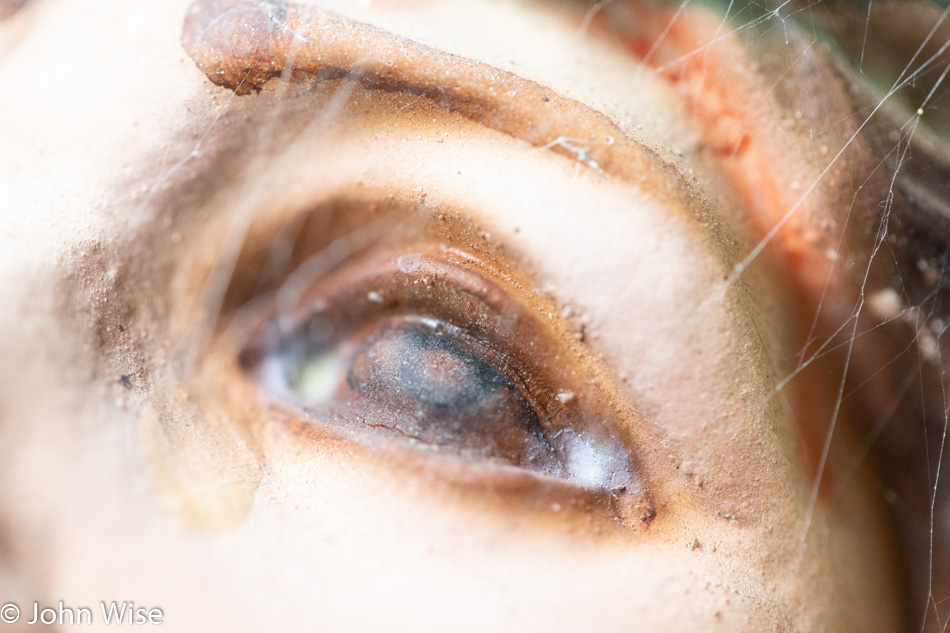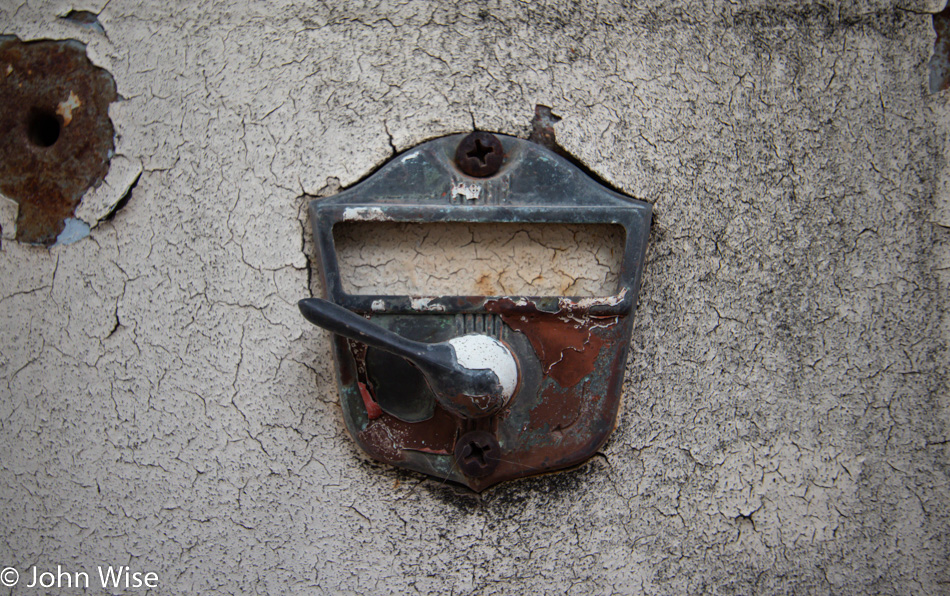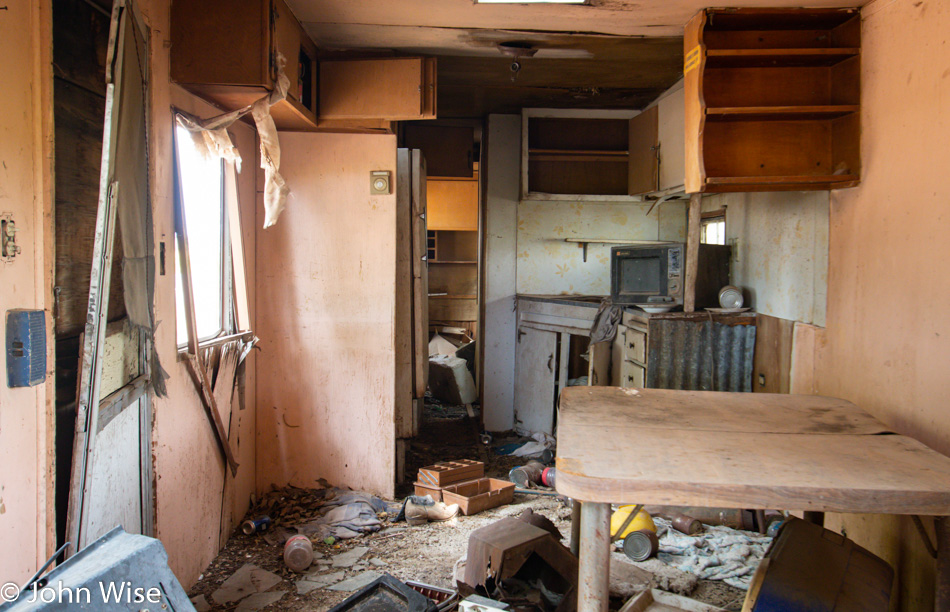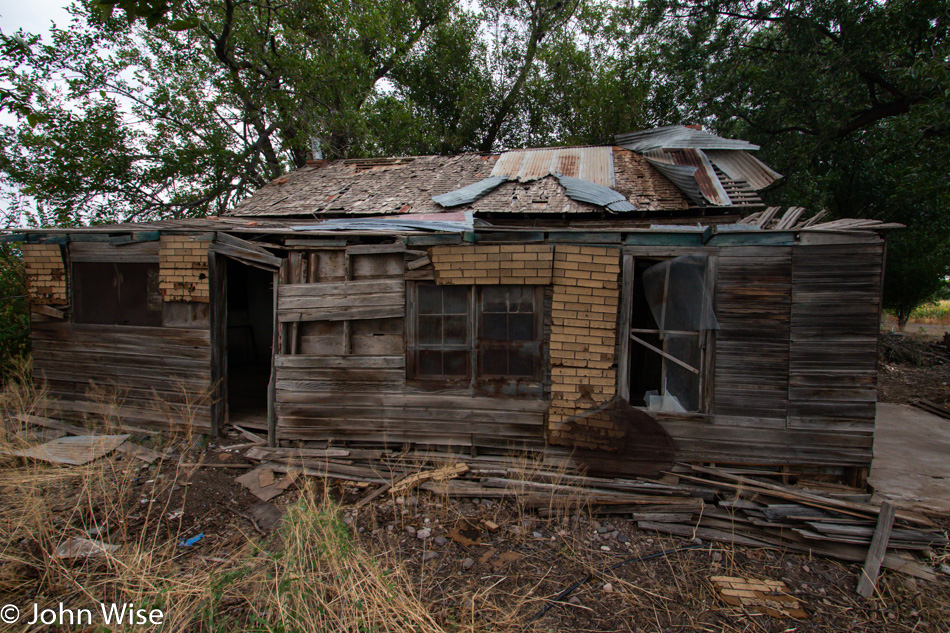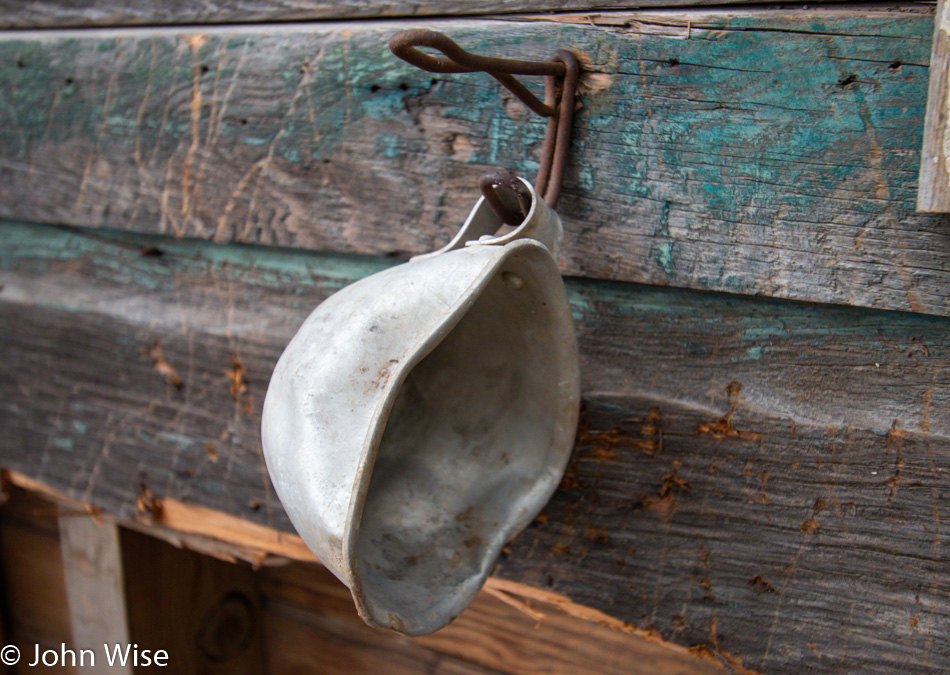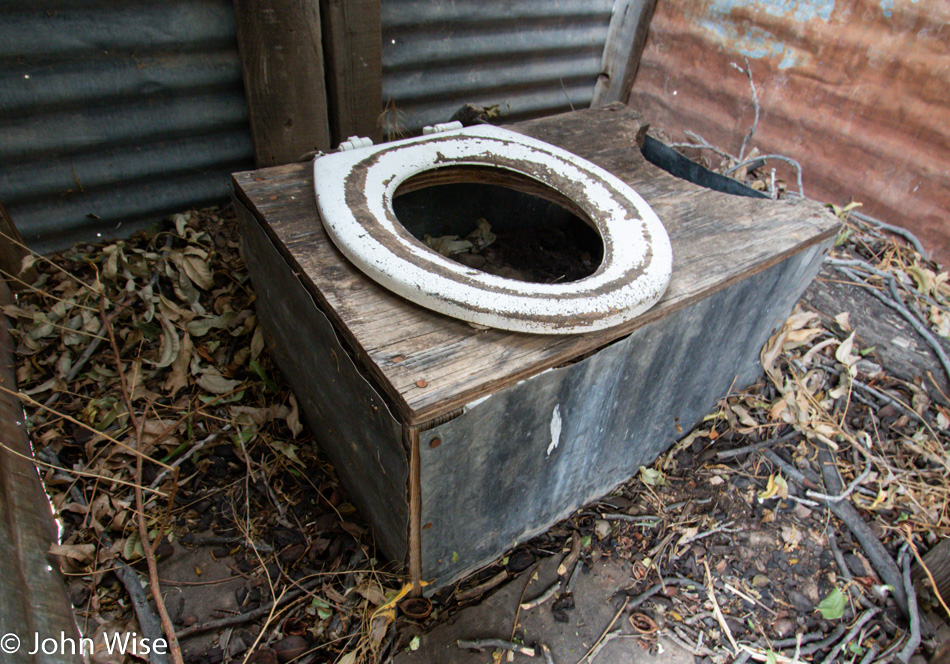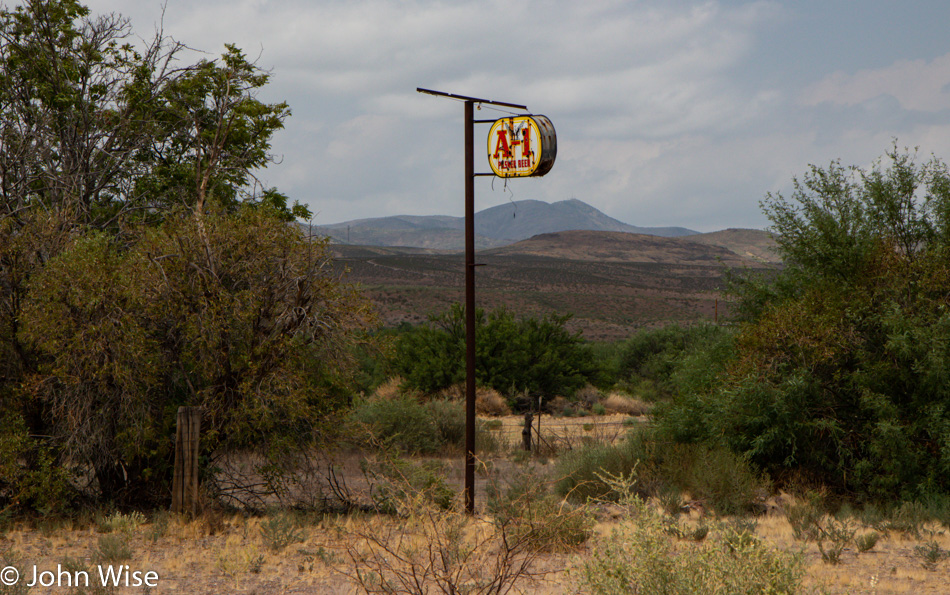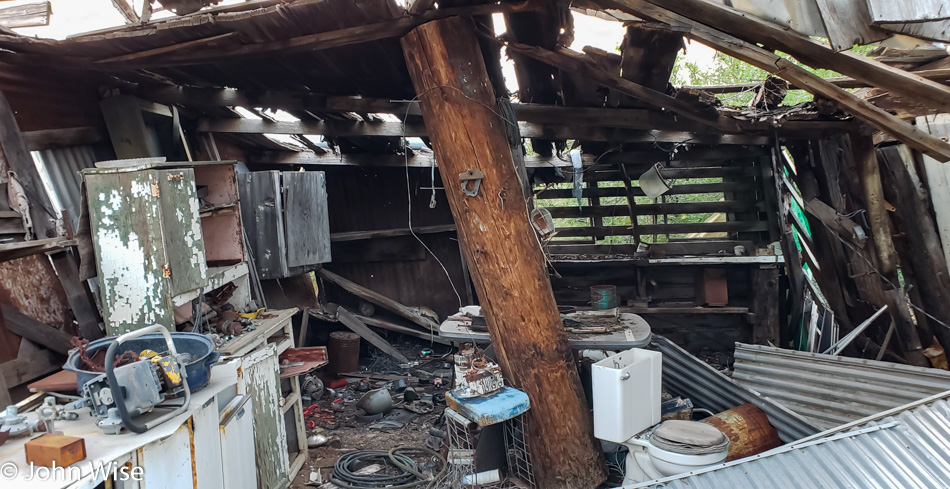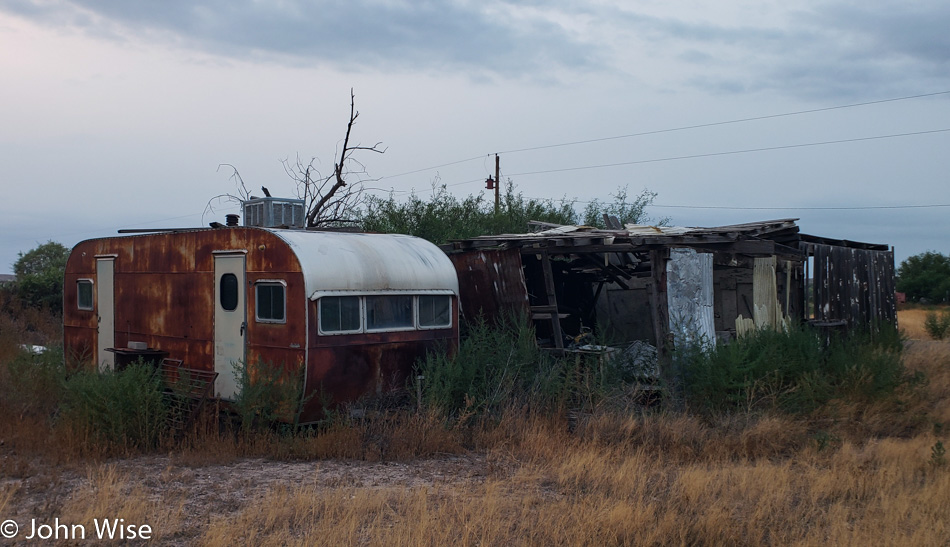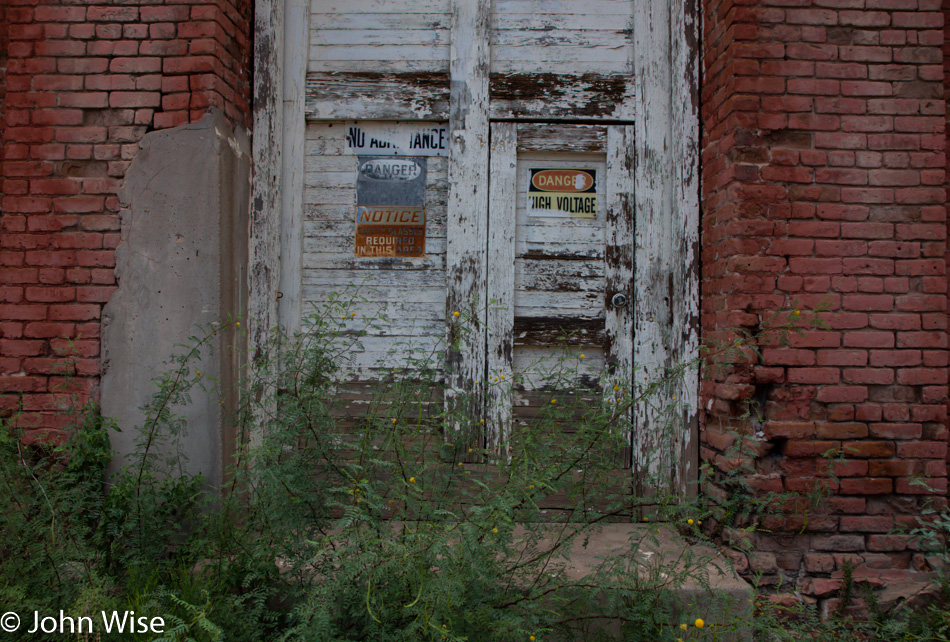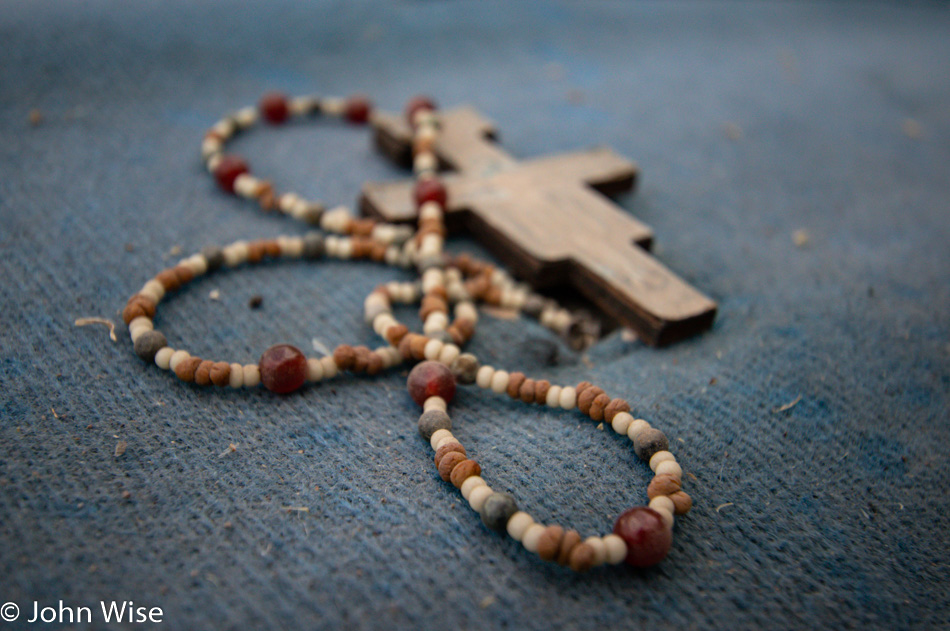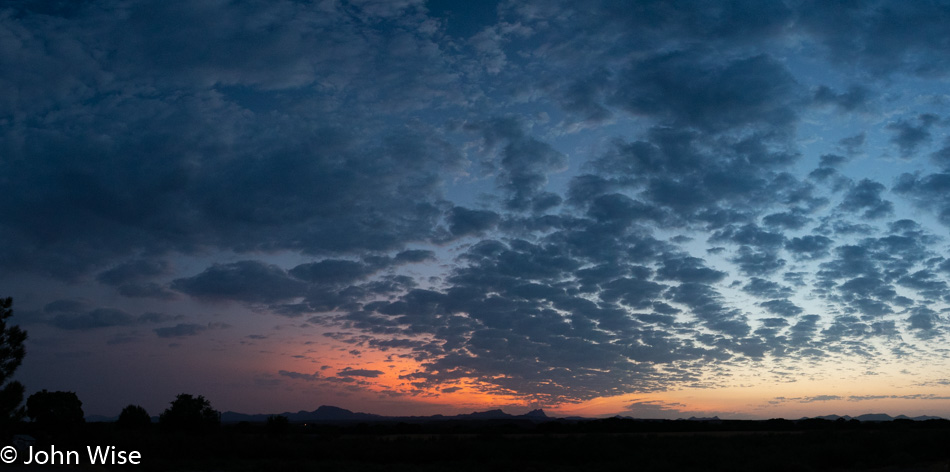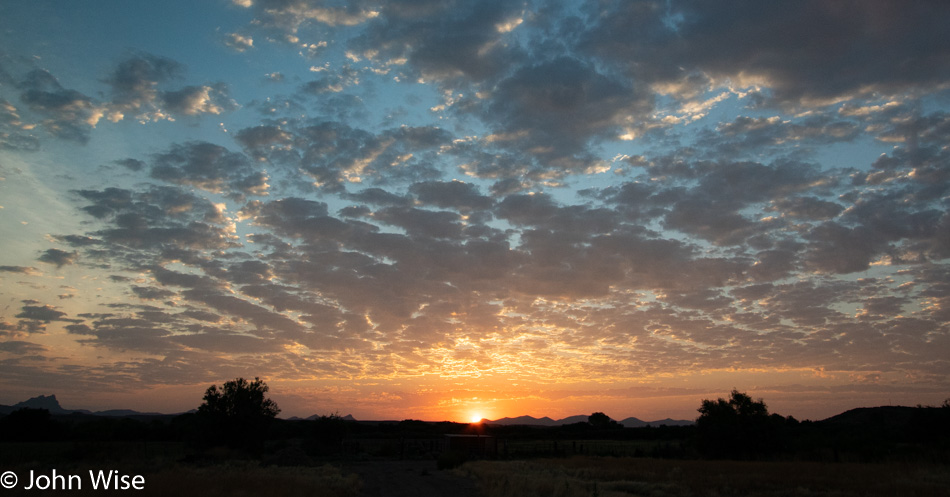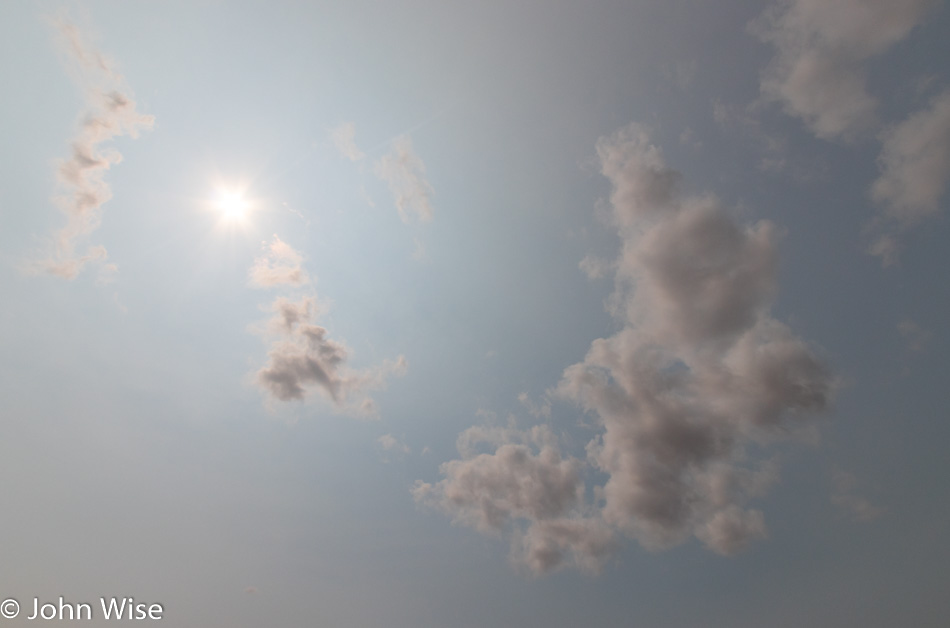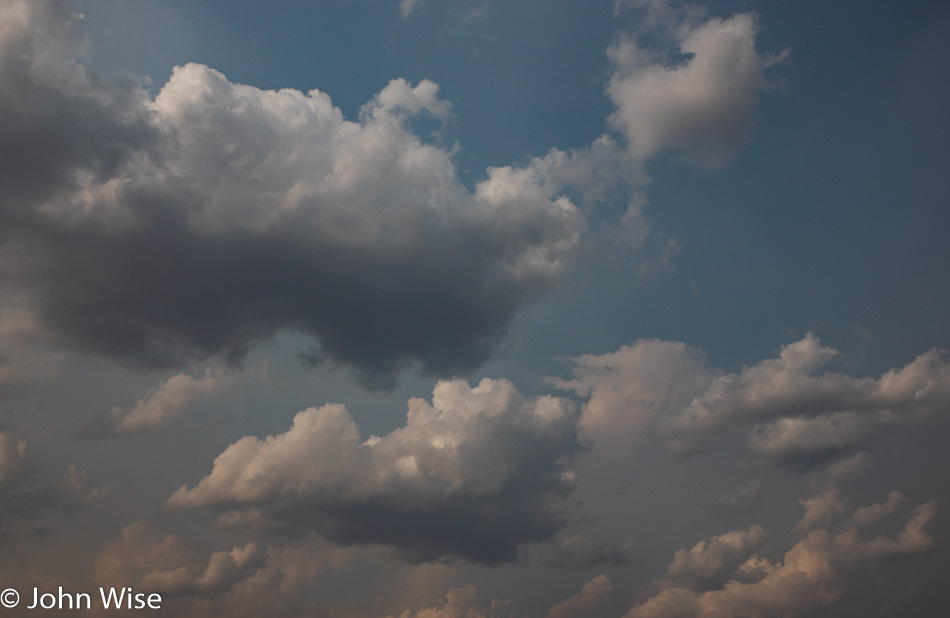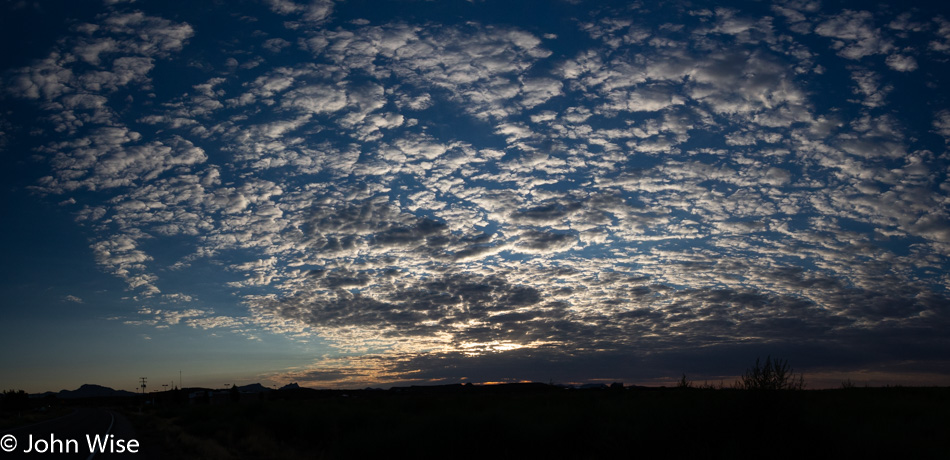
Perspective shifts are dependent upon the circumstances under which we travel. The naivete that accompanies us can turn into a bitter truth when our routine is disrupted and we see the world for what it is. No, this is not a blog entry about existential dread.
Short-sighted perception connects our view of reality as a sequence of our expectations. For example, I live in the city and treat roads as paths to other cities instead of connections between potentialities. Along the way, I may stop in a quaint village, my romanticized ideas grabbing hold of the old architecture and bucolic rural life in an idealized rendition I can fantasize about in order to have a memory that stands out in contrast to the monotony of my typical life in the city.
Today, I’m in one of those locations by myself, and so even the act of arriving is different as the circumstances of traveling with Caroline set a romantic tone, lending a gloss to the setting where I celebrate love with eyes that want my senses to swoon.
Had I been a solo traveler for the past 30 years, I might have woken sooner, but I can’t know that with any certainty. Even during my trip to Germany last year, when I started two weeks earlier than Caroline, I was in some way bringing her along with me as I used my writing to wrap her into my sphere of experience. While on remote rivers, we’ve always been with others who create their own unique structures that affect time and movement.
Two weeks ago, Caroline and I were here in Duncan, but like so many other places we travel together, we use our location as a point on the map to branch out to other destinations. This excursion aims to filter out the need to be elsewhere, live within other people’s structures, and find a headspace where I can write for myself.
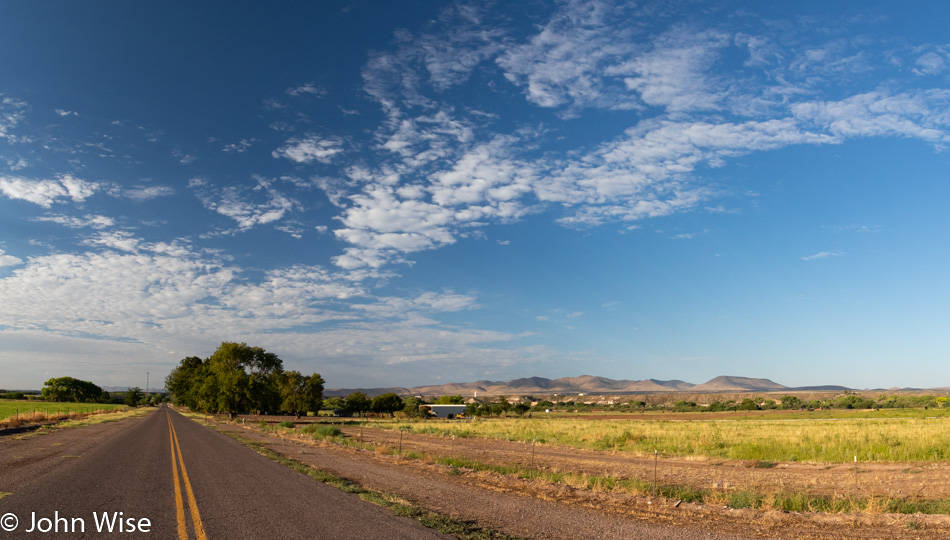
Back to this perspective shift. Yesterday, I arrived with crumbling ideas of the romanticized Main Street. I was seeing it for what it was: an extension of where I live. I’ve wanted these old towns to fill the role of a different time with a population that has a greater idea of how to appreciate life than I have.
The reality is that many are living in an undercurrent of hostility due to what they don’t have while harboring anger against the unknown. I base this on observations of the prevalence of racist symbolism, political affiliation, bumper stickers, overheard conversations, and messaging from t-shirts.
Driving the 40 miles to the nearest McDonalds, KFC, Taco Bell, or Sonic is worth the effort to escape boring routines before returning home to continue the diet of binge-watching Fox News. So, how is this different than life in the city I live in? Other than the distance to the nearest junk food, there is none. A large number of people out here make just enough money to get by and survive while others are doing well, just like life in any big city.
The sense of idyllic community I wanted to layer on in small-town America is as broken as the idea of a multicultural melting pot that is supposed to exist in Phoenix and elsewhere. While ethnic grocery stores, concerts with bands from around the globe, and foreign films are available, they are often quite segregated, with Caroline and I being part of a very small minority of Caucasians in attendance. From this lack of participation, many people lose out on the magic of attending a Polish or Thai festival, won’t listen to the oud player from Iraq, or taste the exotic flavors found in a Mercado.
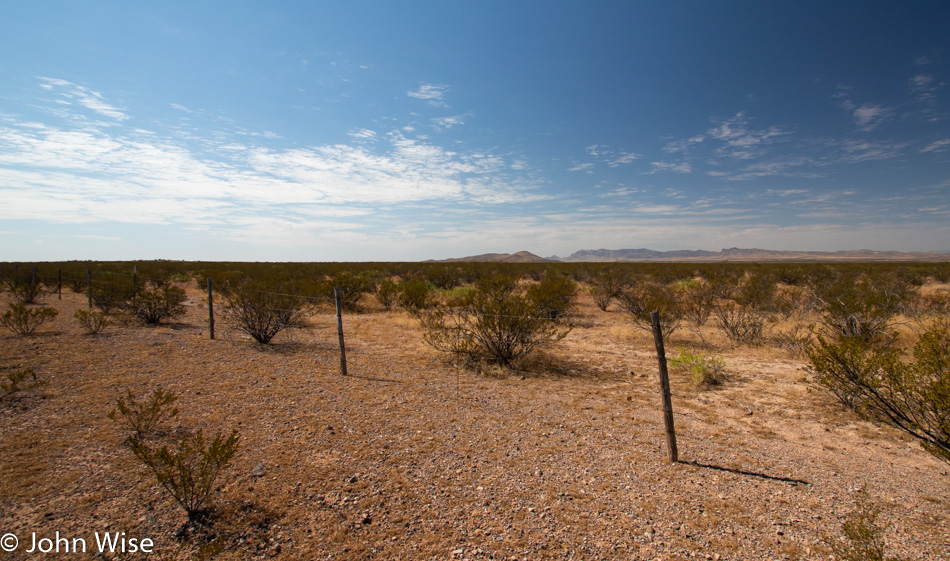
Then, when we leave the perceived dull lives in the city and end up in a small town, we show up with the bias that this place represents exactly what we are missing. The double-edged sword of gentrification is an ugly beast where city dwellers start to desire to trade in boring for this place of nirvana, though they are also arriving with the demands for certain conveniences that might be detrimental to the cost of living of those already present, which will dramatically change the character. The dreamers, experiencing the pushback of those who are afraid of change, sour the illusion of this intruder who may have already created irreparable damage.
And so it was yesterday as I crested a hill before descending into Duncan. Not that I was coming to discover a new place for Caroline and me to set down roots; nope, I’m here trying to capture a glimpse of why we as a country no longer have meaningful connections to ourselves, to the land, and to life itself.
Now, with that out of the way, I will have to head out to take up somewhere away from the artifice of people to a place with an overview of nature. Somewhere, I can sit down and listen to the quiet of being nowhere in particular.
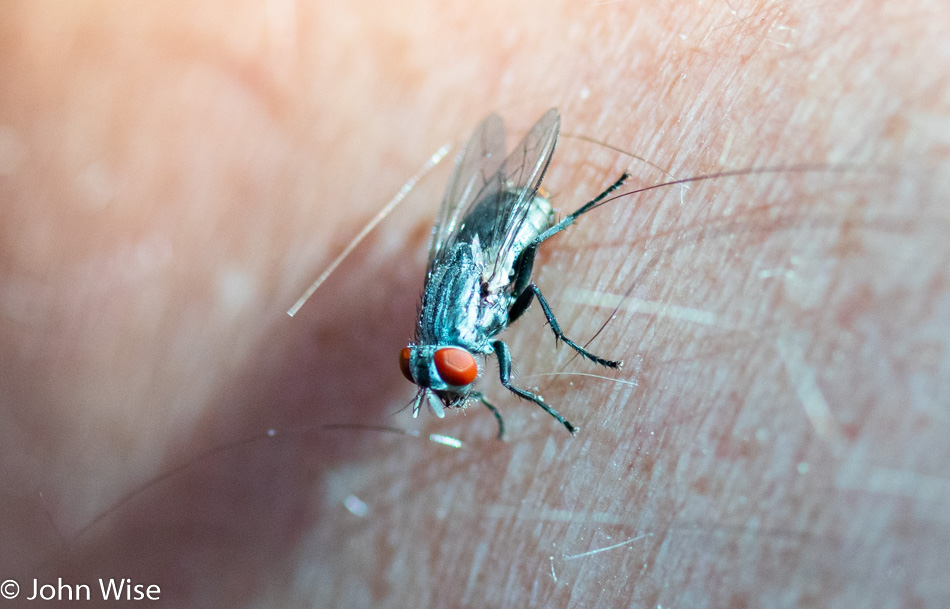
So here I am, out in the quiet but not the quiet, as I’m not far enough out there to be in that kind of quiet. The wind over the low brush has its chatter, the birds flutter in branches darting here and there, and flies buzz about. Even when I can’t see the insects, they are often heard. Nearly a mile away, the tires of a truck let me know they are heading my way, and then maybe 20 miles away, a jet overhead is out of alignment with its place in the sky compared to where its noise is, such as the distance between that the sound must travel.
If what I’m looking for is quiet, I have to wonder if such a thing exists. Maybe real quiet only exists in the void where life is not present. Then I have to wonder what I would do with this elusive lack of sounds I think I’m searching for. Would finding it dull my mind from being able to find words? I want to believe a kind of harmonious oneness would unfold in a moment of instant enlightenment from the silence, allowing me to exclaim, I get it!
Instead, I sit here on the side of an infrequently traveled road with an ever-present fly searching for that interest in their species that I can only guess at while I search through the sounds that betray the stillness I think I want. Maybe my fly companion also has dreams of finding an elusive something right here in this apparition of an object that needs studying. So the two of us share a moment in the shade, oblivious to what each other ultimately is looking for, which might be the condition of us people for the most part too.
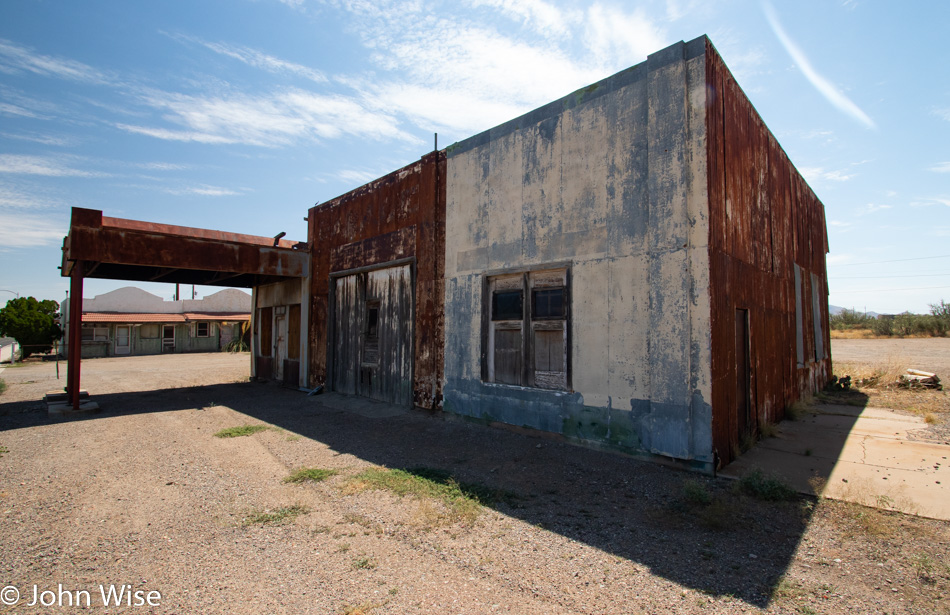
That road I’d been on took me to Lordsburg, New Mexico, which certainly qualifies for being part of my nowhere journey. After spending 30 minutes exploring this place of only about 2400 souls, which should have taken no more than 5 minutes, I can say that I’m certainly oblivious as to what the inhabitants of Lordsburg are looking for. A couple of motels along the interstate with an equal number of gas stations, a McDonald’s, a small diner, and a grocery that might be smaller than the diner are all that remains and is holding on to.

So why does this remote outpost have a population at all? I’d venture the guess that those who remain are too impoverished to move on. There’s a kind of cruelty here as it would seem that the majority of business is coming from people who have the mobility and means to take themselves across this corner of America with relative ease. This is akin to prison in a fishbowl where, every day, you look out to see that the other fish are swimming in the ocean while you squirm in a thimble of wastewater.
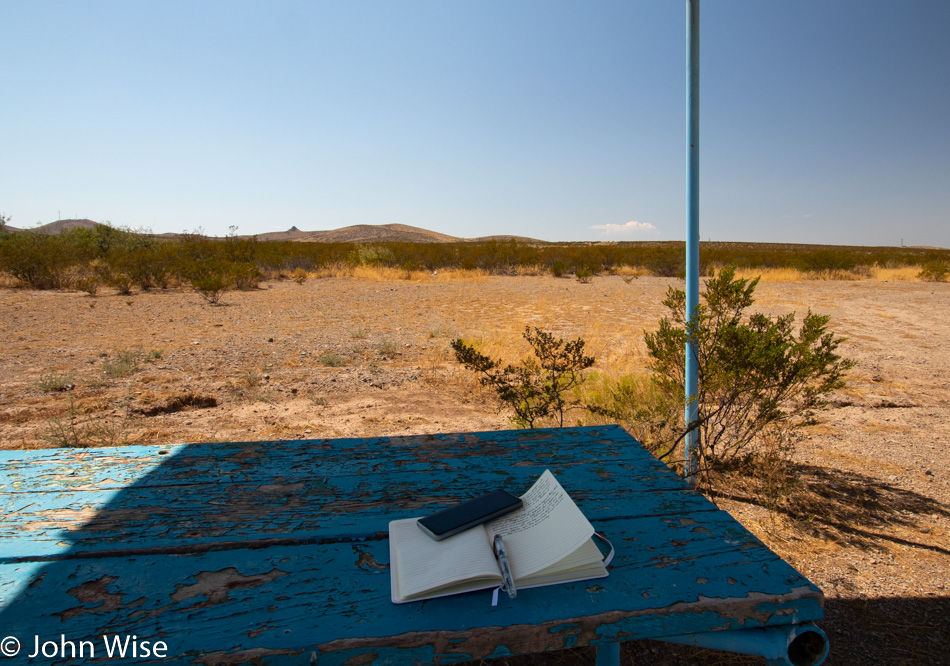
I can’t imagine that hope exists here beyond that which travels at 80 mph down the highway. Whatever the attraction was back in 1880 when this outpost was founded, it is now gone. What’s left rusts and crumbles away until one-day ruins will be all that remains, those and the constant din of vehicle noise that I can hear a mile away from where I sit writing these very words.
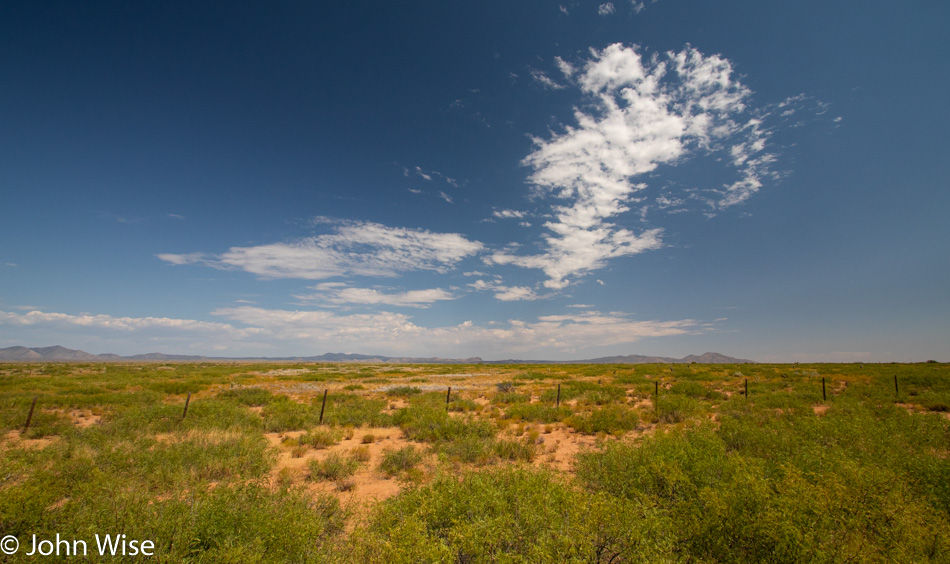
Then there are the roads that go places unknown and remain that way even after they’ve been traveled. This is no noise other than that of nature and the momentary ruckus I drag through it on my way to the end of where I’m willing to go. When I reach that point, that leaves me scratching my head, “Why am I here?” I can surmise that others know, but there are no signs that encourage me to continue into the unknown over a dirt road of potentially questionable quality a little further on.

Somehow, this day of being nowhere is likely indicative of the mind I’m querying to deliver insights. Instead of finding a treasure on the horizon, in town, or at the end of the road, I find myself searching within as to what I thought I’d find there. Surely, there must be something in the void, or else it wouldn’t be observable, or so goes my current thinking. Thinking, of course, cannot see everything, hence this need to venture out with the hope of seeing, hearing, or otherwise experiencing a spark of inspiration that might alight my synapses in just such a way that I could tease a thing or two out of the muck.
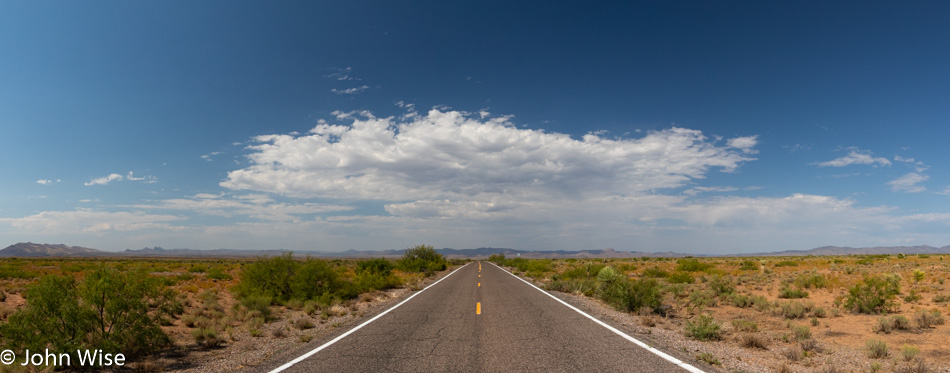
I must also be aware of my impatience to find what is still hidden in the obvious. Often, in reading the obtuse where this reader is likely ill-equipped to comprehend the complex, the material must be ruminated on, and even after a good amount of time, the subject can still elude me. Maybe I never understood the question I was trying to ask as I engaged with an author I thought would deliver answers to my thirsty mind. And so it may prove similar here in my writing exercise.
Fortunately, I’m here with three books so that, should I need to relinquish my goal of writing, I have plenty of reading to ensure my continued befuddlement. Better to be lost in good thought than be complacent in the banal, and so Stiegler, Berardi, or Zizek will surely keep me distracted.
Enough of the rambling, since if I don’t start transcribing my handwritten notes into the digital domain, my wife at home might not otherwise believe I’ve done much anything at all, and from what I’ve left here on paper, it could be argued that I, in fact, didn’t do much anything at all out here in nowhere.


